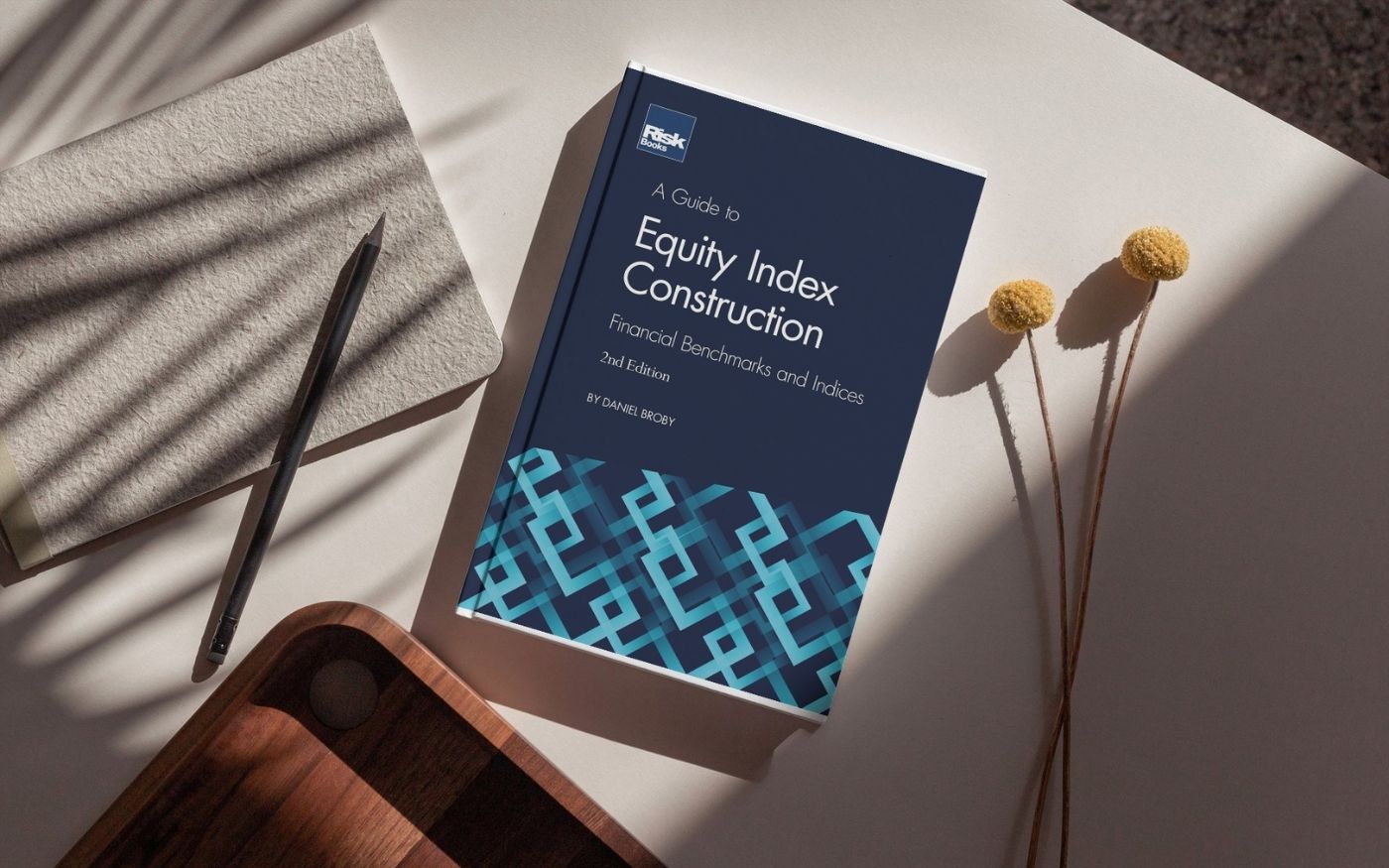Research by: K. Goswami, C. Giarmatzi, Christopher P. Monterola, S. Shrapnel, J. Romero, & F. Costa
Executive Summary
Quantum computing is the future of big data and computing seen to revolutionize the modeling of highly complex problems like urbanization, climate change, and transport systems. Unlike the standard computer that relies on binary operations, 0 or 1, quantum computing will allow superposition of multiple states allowing number crunching with factorial efficiency or several orders of magnitude faster. One of the biggest challenges in emerging quantum technologies is the efficient characterization of noise, which originates from the unavoidable interaction of a system of interest with the surrounding environment. Most noise characterization methods, such as randomized benchmarking, rely on the assumption of Markovianity. A particularly problematic case inherent in quantum systems is that the environment retains a memory of its past interactions, leading to correlations in the system’s evolution. Such system-environment interaction leads to a temporal correlation between quantum operations at different times, resulting in non-Markovian noise. In principle, a full characterization of non-Markovian noise requires tomography of a multi-time processes matrix, both computationally and experimentally demanding.
In this work, we propose a more efficient solution. We employ machine learning models to estimate the amount of non-Markovianity, as quantified by an information-theoretic measure, with tomographically incomplete measurement. We test our model on a quantum optical experiment, and we demonstrate that we can accurately predict (>90%) the non-Markovianity measure. The work has the potential to revolutionize the robustness of quantum computers as it paves the way for detecting non-Markovian noise appearing in large-scale quantum systems.
Keywords: Quantum computers, Machine Learning, Non-Markovian noise, quantum optical experiment
To cite this article: Goswami, K., Giarmatzi, C., Monterola, C., Shrapnel, S., Romero, J., & Costa, F. (2021). Experimental characterization of a non-Markovian quantum process. Physical Review A, 104, 022432. https://doi.org/10.1103/PhysRevA.104.022432.
To access this article: https://doi.org/10.1103/PhysRevA.104.022432
Note: The paper is chosen as an Editors’ Suggestion article, representing a very small number of papers published in Physical Review A that the editors and referees find of particular interest, importance, or clarity. These Editors’ Suggestion papers will be listed on pra.aps.org and marked with a special icon in the print and online Tables of Contents and online searches. The icon contains the printer’s mark that at one time appeared on the covers of all sections of the Physical Review.
About the journal
Physical Review A (PRA) publishes important developments in the rapidly evolving areas of atomic, molecular, and optical (AMO) physics, quantum information, and related fundamental concepts. Established in 1970, PRA is the journal of choice for the publication of research in AMO physics and quantum information.
Journal ranking
| Chartered Association of Business SchoolsAcademic Journal Guide 2021 | Not included in ABS ranking |
| Scimago Journal & Country Rank | SJR283 |
| Scopus | CiteScore2020: 5.3 |
| Journal Citation Reports (Clarivate) | JCI2020: 0.99Impact Factor: 3.14 |





